News Desk
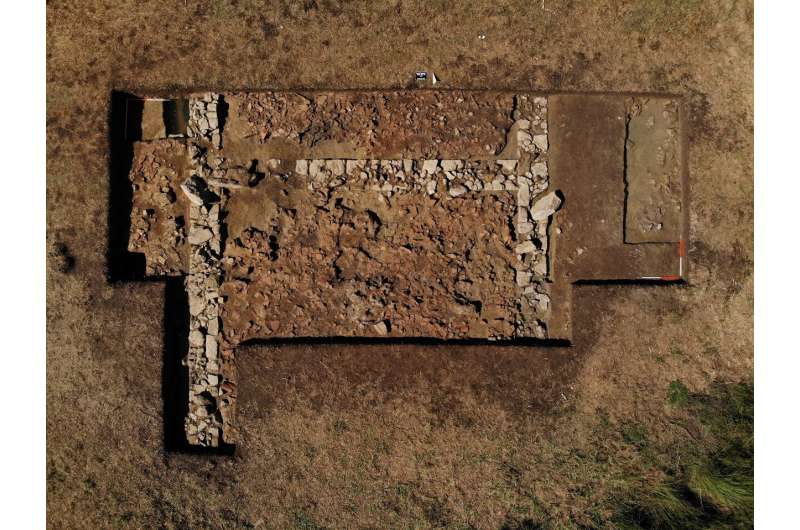
The ancient Greek historian Strabo referred to the presence of an important shrine located on the west coast of the Peloponnese some 2,000 years ago. Remains of such an Archaic temple have now been uncovered at the Kleidi site near Samikon, which presumably once formed part of the sanctuary of Poseidon.

A deep dive into “bog bodies” reveals that this practice started in southern Scandinavia during the Neolithic and spread throughout Northern Europe.

A trio of researchers from the Research Center of the Slovenian Academy of Sciences and Arts, the University of Arizona, and Colgate University has found examples of Mesoamerican structures aligned for use as a 260-day calendar, built thousands of years ago along Mexico’s gulf coast.

Inside your brain there is a map of every bedroom you’ve slept in. Every kitchen you’ve cooked in. Every city you’ve worked in, every country you’ve holidayed in. There’s even a threadbare map of every Universe you’ve dreamt in

Scientists once considered much of the human genome “junk” because large stretches of its genetic code don’t give rise to any proteins, the complex molecules tasked with keeping cells running. However, it’s since been discovered that this so-called junk DNA plays important roles in cells, and in a new study…
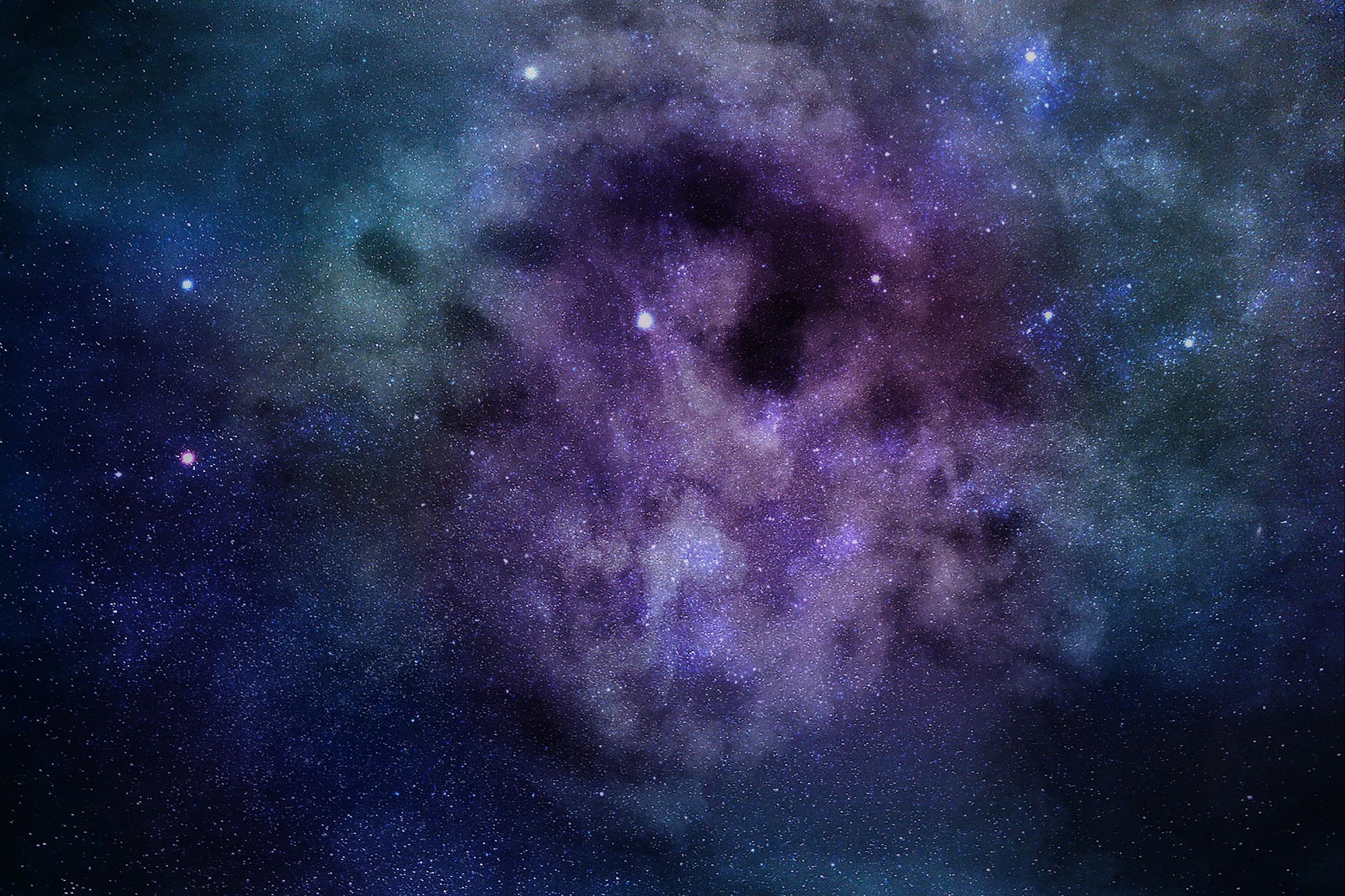
In giant clusters of hundreds or thousands of galaxies, innumerable stars wander among the galaxies like lost souls, emitting a ghostly haze of light. These stars are not gravitationally tied to any one galaxy in a cluster.
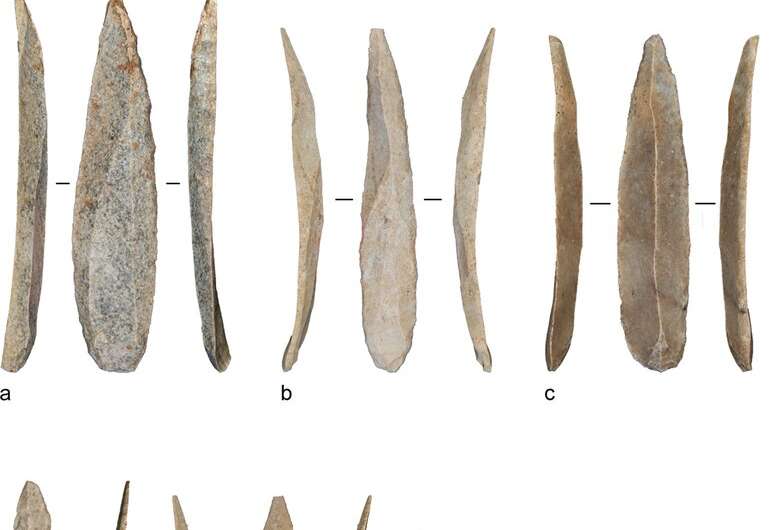
Analysis of stone tools attributed to the Ahmarian, the first Upper Paleolithic culture of the Near East (dated approximately 40,000 to 45,000 years ago) shows that small, elongated, symmetrical objects (bladelets) were mass-produced on-site.
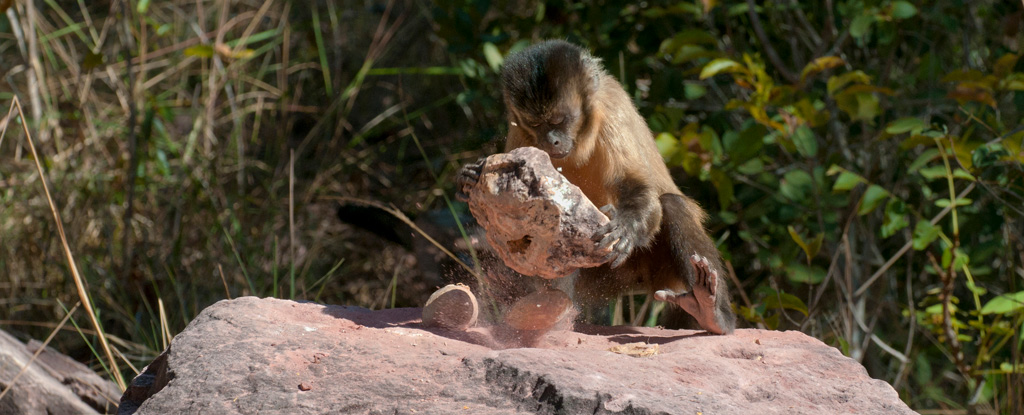
Researchers believe that ancient stone tools discovered in Brazil are the work of capuchin monkeys, not early humans, the art and design website Artnet reported, citing an academic article.

Mysterious “halos” of rock surrounding cracks in a Martian crater may be made of water-rich opal gemstones, a new study suggests.
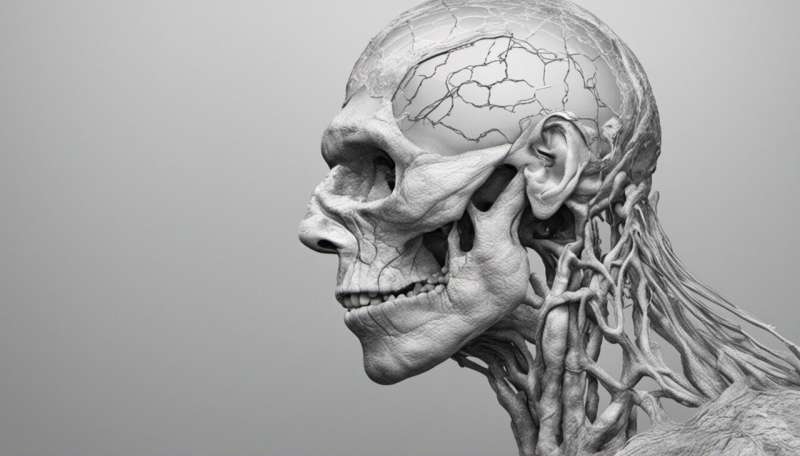
Results of a study we published today in Nature Ecology & Evolution show that the way the different parts of the human brain evolved separates us from our primate relatives. In a sense, our brains never grow up. We share this “Peter Pan syndrome” with only one other primate—the Neanderthals.
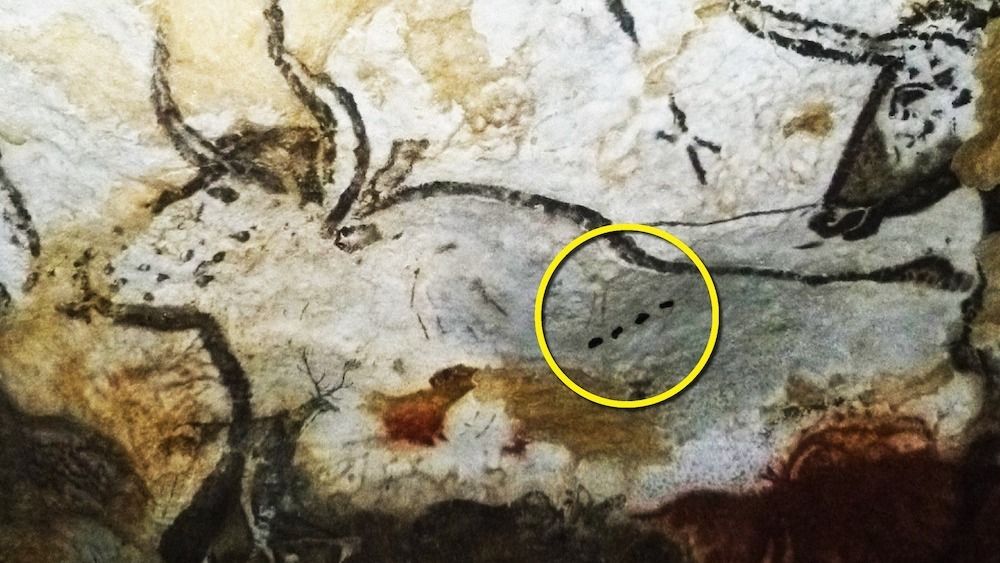
Stone Age dots, lines and Y-shaped marks might represent a type of proto-writing created by hunter-gatherers who lived in Europe at least 20,000 years ago.
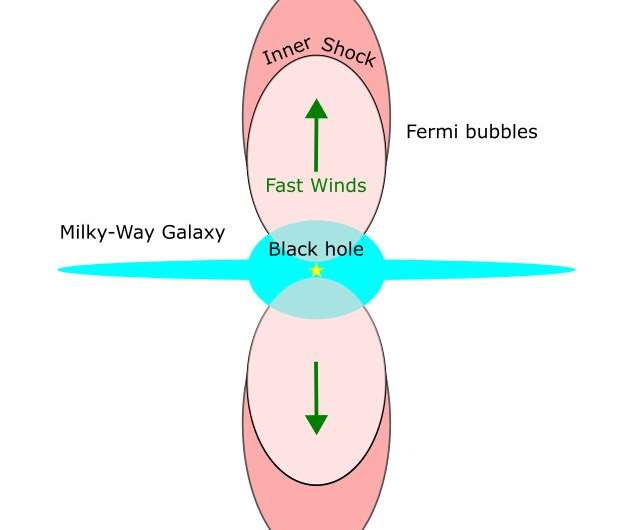
A scientist from Tokyo Metropolitan University has shown that large gamma-ray-emitting bubbles around the center of the Milky Way were produced by fast, outward-blowing winds and an associated “reverse shock.”

The Bering Land Bridge, a stretch of land that once connected Asia with North America, came into existence much later than experts previously thought, but humans likely crossed not long after it formed, according to a new study.

Melanie Senn’s father, long dead, appeared to her as she lay back in the dimly lit room at the Santa Monica clinic, a mask over her closed eyes, and the psychedelic trip began.
Image from: Imperial College London (Wiki Commons)
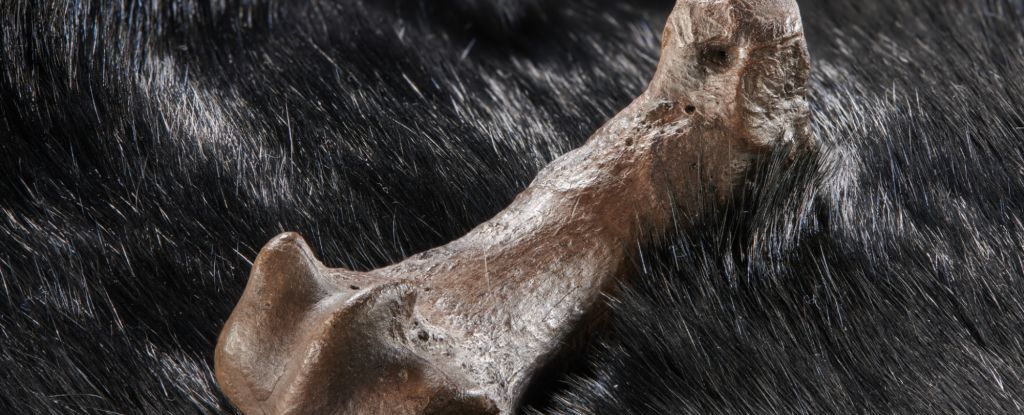
Ancient bones retrieved from an archaeological site in Germany suggest that archaic humans were peeling bears for their skins at least 320,000 years ago.
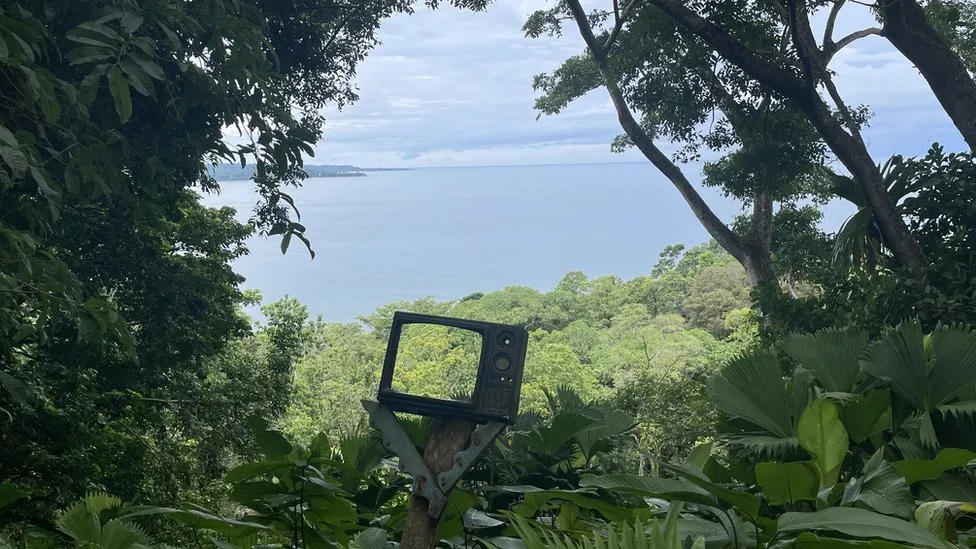
To the uninformed, his land looks wild. But much of it is farmed: one part has timber trees for making furniture, in another cacao trees for chocolate, near the top a garden for herbs, and everywhere throughout the forest a variety of fruit, vegetables and flowers.








